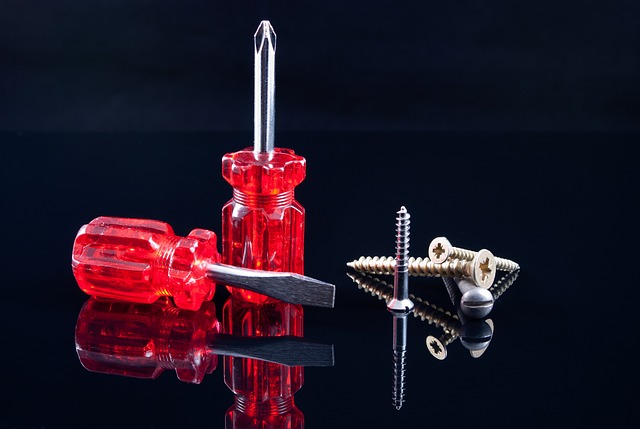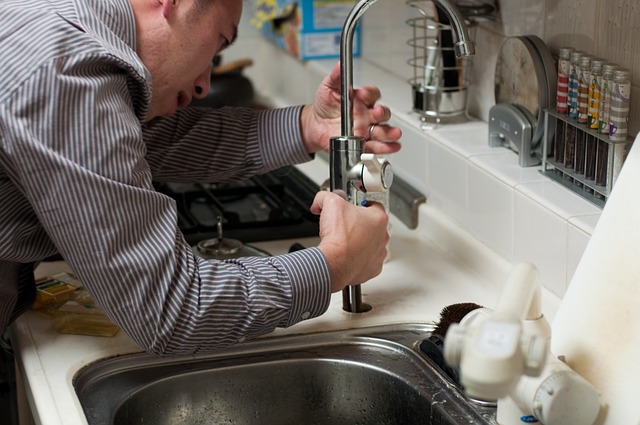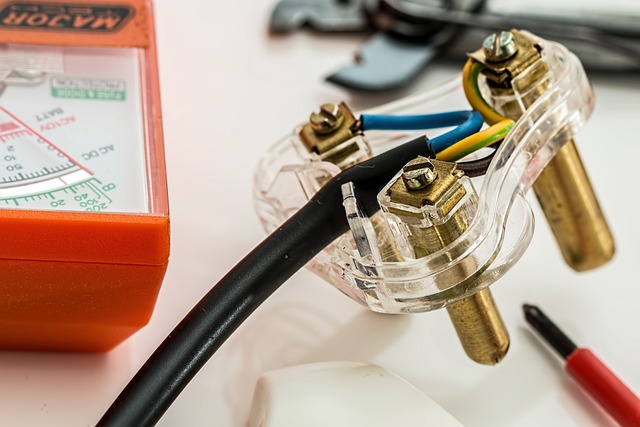
In today's ever-evolving work landscape, the concept of a traditional office has transformed. More individuals are seeking the freedom and flexibility of working from home.
However, creating an ideal home office environment goes beyond simply setting up a desk and chair. It requires a meticulous approach, considering factors such as space, budget, furniture, equipment, and lighting.
This article explores the art of mastering a perfect home office, providing creative and detail-oriented insights to help you design a productive and inspiring workspace.
Find a Suitable Space
- Identify the most optimal location within your home to establish a suitable space for your home office. Creating a productive environment starts with finding the right spot. Consider factors such as natural light, noise level, and proximity to amenities. A room with a window can provide a refreshing view and ample sunlight, boosting your mood and productivity. Avoid areas with high traffic or excessive noise to minimize distractions.
Organizing the space is crucial for efficiency and focus. Invest in functional furniture, such as a desk with ample storage and ergonomic chair. Keep essential items within arm's reach to avoid unnecessary interruptions. Utilize shelves, drawers, and organizers to declutter and maintain a clean workspace.
Set a Budget
To effectively create a perfect home office, it is essential to set a budget that aligns with your needs and goals. Here are three key steps to help you set a budget for your home office:
- Determine needs: Start by assessing your specific needs for your home office. Consider factors such as the type of work you do, the equipment and furniture you require, and any additional amenities or features you desire. This will give you a clearer understanding of what you need to include in your budget.
- Research options: Once you have determined your needs, research the various options available within your budget range. Look for quality products and services that meet your requirements without breaking the bank. Consider factors such as durability, functionality, and value for money.
- Prioritize and allocate funds: After conducting your research, prioritize the items or services that are most important to you. Allocate funds accordingly, ensuring that you have sufficient resources for the essentials while leaving room for any additional items or upgrades you may desire.
Choose Furniture
After setting a budget for your home office, the next step is to carefully choose the furniture that will meet your needs and enhance your productivity.
When it comes to creating the perfect home office, comfort and style should go hand in hand. Look for ergonomic chairs that offer proper support for your back and neck, allowing you to sit for extended periods without discomfort.

Consider investing in a stylish desk that not only complements your personal aesthetic but also provides ample workspace for your tasks. Look for desks with built-in storage options to keep your office organized and clutter-free.
Purchase Equipment
Once you have chosen the furniture for your home office, the next step is to acquire the necessary equipment to ensure optimal functionality and efficiency. Here are three essential items to consider when setting up your home office:
- Choosing technology: Selecting the right technology is crucial for a productive work environment. Assess your needs and invest in a reliable computer or laptop that meets your requirements. Consider the processing power, storage capacity, and software compatibility.
- Organizing cables: Cable management is often overlooked but plays a significant role in maintaining an organized and clutter-free workspace. Invest in cable organizers, such as cable clips or cable sleeves, to keep your cables neat and tangle-free. This will not only improve the aesthetics of your home office but also prevent accidents and make it easier to locate specific cables when needed.
- Ergonomic accessories: To prioritize your well-being, invest in ergonomic accessories like an adjustable chair, keyboard, and mouse. These items will provide comfort and support, reducing the risk of back pain and repetitive strain injuries.
Install Lighting
When installing lighting in your home office, it is important to consider the right type and placement to create an optimal work environment. Lighting fixtures play a crucial role in enhancing productivity and comfort.
Start by utilizing natural light as much as possible. Position your desk near a window to take advantage of the natural daylight, which not only reduces eye strain but also boosts your mood and energy levels.
To supplement natural light, incorporate task lighting such as desk lamps or adjustable overhead lights. These fixtures should provide focused illumination and be adjustable to avoid glare and shadows.
Consider the color temperature of the bulbs as well, opting for cooler tones to promote alertness and concentration.
Frequently Asked Questions
What Are Some Tips for Maintaining Productivity and Focus in a Home Office?
To maintain productivity and focus in a home office, it is important to stay motivated and organized. By setting goals, creating a dedicated workspace, minimizing distractions, and establishing a routine, individuals can optimize their work environment and maximize their productivity.

How Can I Create a Comfortable and Ergonomic Workspace in My Home Office?
Creating an efficient and organized workspace requires considering comfort and ergonomics. Choosing the right furniture and equipment, such as an adjustable chair and desk, proper lighting, and a supportive keyboard and mouse, are essential for a comfortable and productive home office.
Are There Any Specific Color Schemes or Decor Styles That Are Recommended for a Home Office?
When designing a home office, it is important to consider the impact of color psychology. Opting for a minimalist design can enhance focus and productivity. Selecting neutral tones or calming colors can create a serene and conducive work environment.
How Can I Effectively Manage Distractions and Interruptions While Working From Home?
Managing distractions and minimizing interruptions while working from home requires a strategic approach. By creating a designated workspace, setting boundaries with family members or roommates, and implementing effective time management techniques, individuals can maintain focus and productivity in their home office.
What Are Some Strategies for Balancing Work and Personal Life When Working From Home?
Strategies for setting boundaries and prioritizing self-care are crucial when balancing work and personal life while working from home. By establishing a dedicated workspace, creating a schedule, and taking regular breaks, individuals can maintain a healthy work-life balance.
 Family Craft ProjectsHome ImprovementCooking and BakingReuse and RecycleDIY GiftsEco-Friendly ProjectsDIY Home SolutionsSeasonal ActivitiesFun and GamesLearn TogetherPrivacy PolicyTerms And Conditions
Family Craft ProjectsHome ImprovementCooking and BakingReuse and RecycleDIY GiftsEco-Friendly ProjectsDIY Home SolutionsSeasonal ActivitiesFun and GamesLearn TogetherPrivacy PolicyTerms And Conditions

 Family Craft ProjectsHome ImprovementCooking and BakingReuse and RecycleDIY GiftsEco-Friendly ProjectsDIY Home SolutionsSeasonal ActivitiesFun and GamesLearn TogetherPrivacy PolicyTerms And Conditions
Family Craft ProjectsHome ImprovementCooking and BakingReuse and RecycleDIY GiftsEco-Friendly ProjectsDIY Home SolutionsSeasonal ActivitiesFun and GamesLearn TogetherPrivacy PolicyTerms And Conditions
